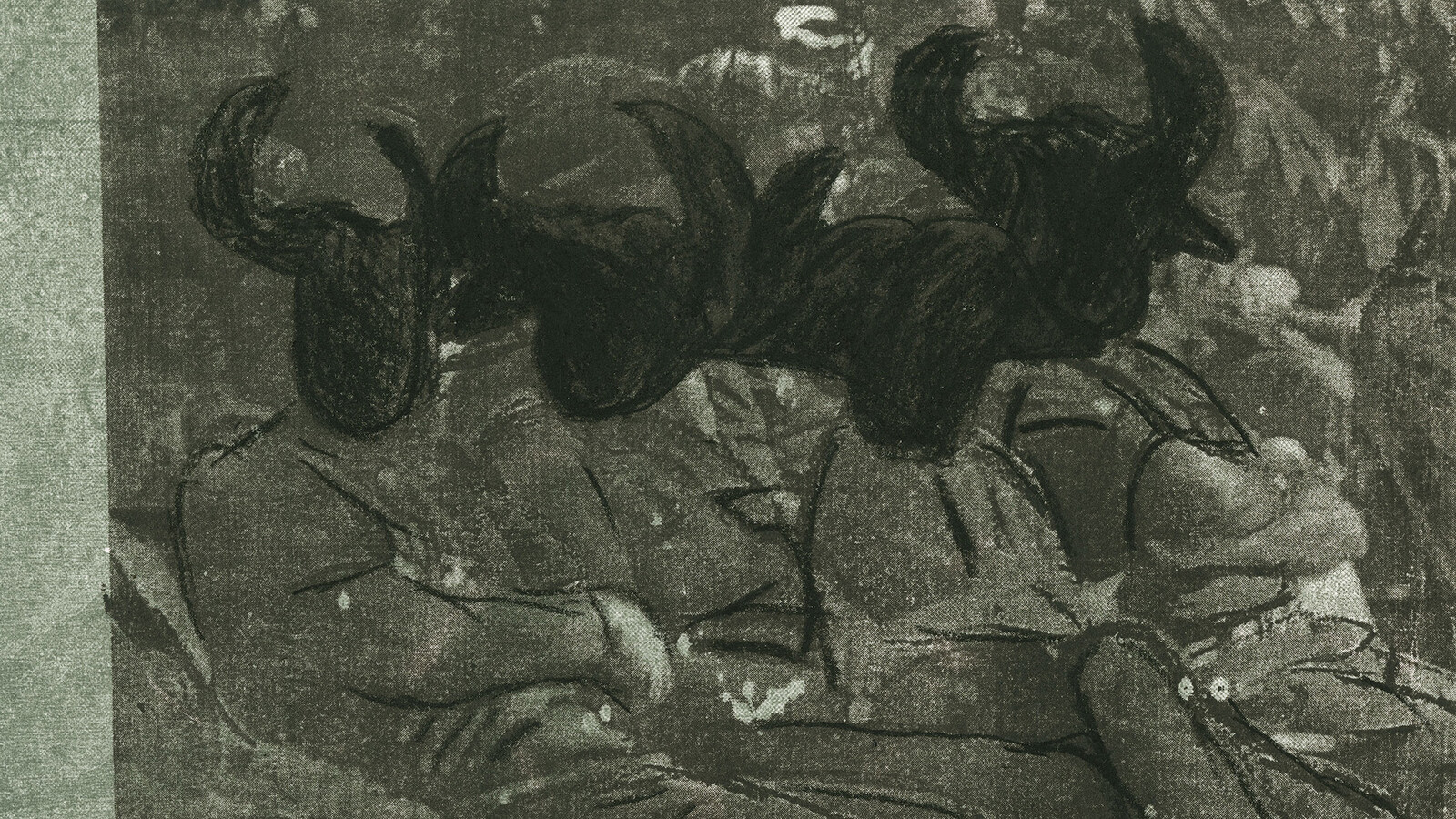Blooming in Stasis: 25.8230° S, 23.5312° E
October 14, 2023–January 21, 2024
ZOLLAMT MMK
The ground dry and dusty. A derelict house surrounded by a high chain-link fence. Everything of any value or utility stolen. Neither present nor future seem to exist, only that which once was. The yellow flowers are all that testify to the here and now.
Having fled from the civil war in their own country, Angolan men in the refugee camps of Namibia faced the choice of returning home or joining the South African apartheid government’s military. Return was out of the question; they opted for the army. They were ordered to find an Angolan refugee woman to marry and start a family within a month. Their battalion, the 32, also known as the “Buffalo Battalion,” was deployed in the struggle against Namibians and Angolans striving for independence. With the end of the Cold War and Namibia’s imminent independence, the soldiers were transferred to Pomfret in the Kalahari Desert in northwestern South Africa in 1989. Now they had to help quell activist revolts in the townships. In 1993, shortly before the official end of apartheid, the battalion was disbanded and the men put to work in asbestos mining. Then the South African government decided in 2004 to demolish Pomfret and resettle its 5,000 residents, allegedly because of the health risks posed by asbestos. The real reason was probably the participation of several mercenaries in overthrowing the president of Equatorial Guinea. The police station, hospital, post office, and swimming pools were closed, and the water and power supply were shut down. But the people stayed regardless. Always forced to fight on the wrong side, the rest of society despised them. Continually uprooted for years, having only just begun to gain a foothold, life in the isolated Portuguese-speaking community seemed the only way forward. Approximately 1,000 people live in Pomfret to this day.
The exhibition is supported by Stiftung Stark für Gegenwartskunst and Bâloise Holding AG.



